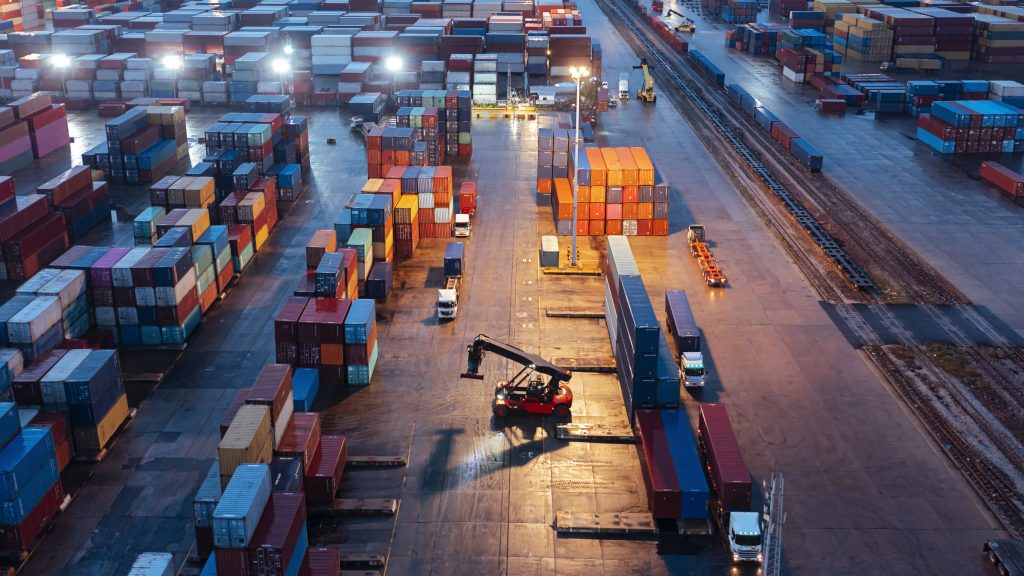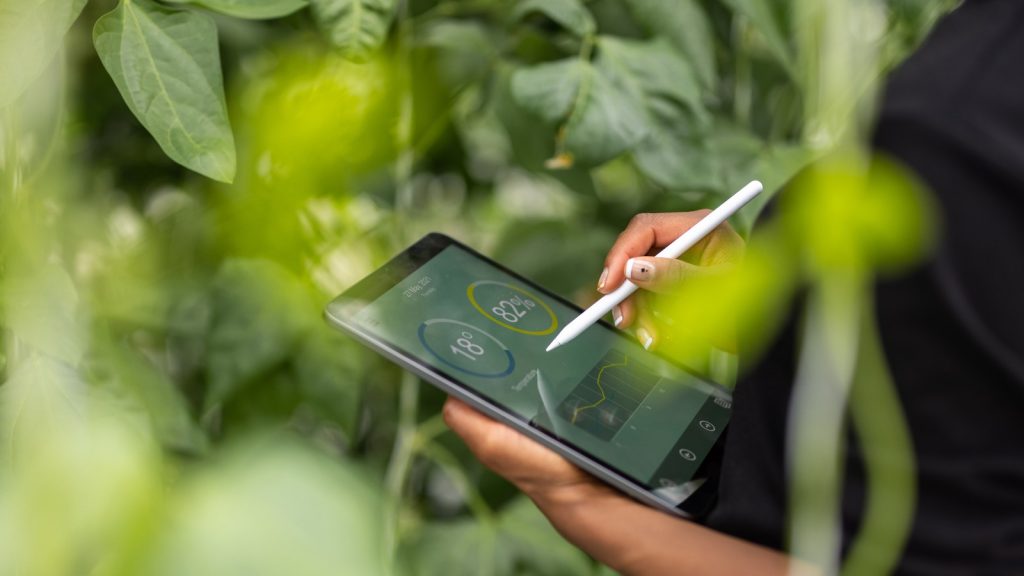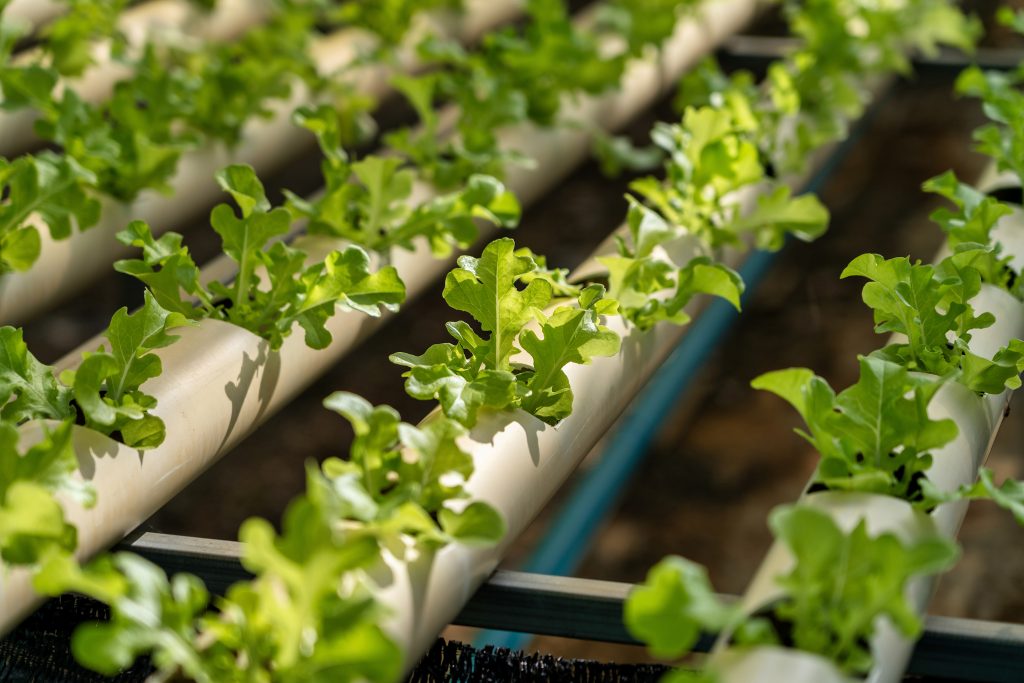
EU Carbon Border Adjustment Mechanism: ensuring your supply chain is compliant
EU Carbon Border Adjustment Mechanism: ensuring your supply chain is compliant
In July 2021, the European Commission presented its ambitious Fit for 55 legislation package, which supports its commitment to reduce net greenhouse gas emissions within the EU by at least 55% by 2030 (compared to 1990). From an international trade point of view, the most important part of the package is the Carbon Border Adjustment Mechanism (“CBAM”). The proposals for CBAM regulations can be found here and here and are open for comment until 17 November 2021. Once adopted, CBAM will have a substantial impact on importers of specific goods to the European Union.
CBAM – Part of a larger package
Along with its environmental and social target, Fit for 55 is the largest legislative package ever submitted by the European Commission. This package emphasises the importance that the European Commission gives to environmental issues. It also includes significant proposals in the area of taxation that either update the existing directives or provide completely new legal solutions aiming to decrease greenhouse emissions by 2023.
Observing Fit for 55 from a tax perspective, there is a significant link with the European Union Communication on Business Taxation for the 21st century. In this plan, the European Commission put forward its vision for corporate taxation in the 21st century and emphasised that taxes will play a key role in shifting towards more behavioral corporate taxes on a polluter-based principle. To support this shift, the European Green Deal Investment Plan will be established from which the EU Member States will be able to draw on to help finance the costs of this energy transition.
The most important proposal within Fit for 55 from a tax perspective is the revision of the Energy Taxation Directive (covered in our previous blog ) and CBAM, which is linked to already operating the EU Emission Trading System (ETS), covered by the ETS Directive.
CBAM and how does it work?
The European Commission has taken into account the fact that some non-EU countries may have less stringent environmental and climate policies, and could trigger a high risk of carbon leakage. Companies based in the EU could relocate carbon-intensive production abroad to take advantage of lower standards. Alternatively, EU carbon-neutral products could be replaced by more carbon-intensive imports. Such carbon leakage could shift emissions outside Europe and thereby seriously undermine the EU’s climate efforts.
CBAM will equalise the price of carbon between EU-sourced products and non-EU imports, helping to ensure that the EU’s climate goals are not undermined by shifting production to countries with less ambitious environmental policies. It is also intended to encourage industries outside the EU and other international partners to take steps in the same direction.
The EC comments that CBAM is important because it supports the reduction of net greenhouse gases by 55% by 2030, and it also enables EU businesses to remain competitive. It does this by creating a level playing field for EU and non-EU industries when it comes to carbon leakage. To meet the environmental targets set by the European Commission, EU businesses will need to make substantial investments in green energy in order to downsize greenhouse gas emissions. On the other side, businesses outside of the EU may not (yet) have such stringent rules or measures similar to EU ETS. This is where CBAM steps in.
It is intended that CBAM will initially only impact the EU importers of cement, electricity, fertilisers, iron, steel, and aluminum. These businesses will need to register with the CBAM national authority and purchase carbon certificates that correspond to the carbon price that would have been paid if the goods had been produced under the EU’s carbon pricing rules. It is expected that the range of products subject to CBAM will be extended later. CBAM will refer to the combined nomenclature (“CN”) codes in place for customs in order to determine the nature of the product imported. CBAM will become law in 2023, but with the transition phase lasting until the end of 2025; it will only be fully effective from 2026 onwards.
What about the WTO global trade rules?
As it will impact international trade, CBAM needs to be compliant with the WTO rules. Several counties including the U.S., China, Russia, Brazil, South Africa, and India have already raised their concerns with the EC proposals. They argue that CBAM breaches:
- the rule of non‐discrimination (MFN or the Most Favored Nation Clause) that enforces countries to treat imported products from different WTO members alike; and
- the national treatment rule which says that foreign products cannot be put at a disadvantage to domestic products.
Moreover, CBAM could lead the EU to apply higher charges on imported goods than the agreed customs duty ceilings in WTO agreements. Other comments recommend the EU should also make sure that it evaluates imports on their actual emission content rather than generic metrics based on averages or promises made by the country of origin.
Possible solutions
To deal with these possible violations of WTO rules, there are several alternative arguments the EU can put forward. For example, if it can prove that CBAM is necessary to protect human health and/or prevent the destruction of natural resources, then it will not have breached WTO rules. The EU advocates that its proposal is in line with WTO regulations as it does not discriminate against foreign companies, but rather prevents unfair competition for its own producers. The EU measures are targeted at companies rather than countries and foreign producers are granted free CBAM certificates which are equivalent to the free allowances EU producers receive under the EU ETS.
How to deal with goods that have been through multiple phases of production and assembly?
CBAM will not apply to goods from all countries: Iceland, Norway, Switzerland and some other smaller states and territories will not fall under the scope of CBAM. In order to implement this, the country of origin needs to be proved. As CBAM is a tax at the border of the EU, it will use the Rules of Origin that are already necessary to file an import declaration for customs. For products with a CN code that currently does not attract any customs duties, prior to the CBAM one might be neglecting to pay attention to Rules of Origin, especially in the situation where multiple countries of origin are in scope. Once CBAM will have been implemented, both the CN codes and Rules of Origin will therefore have greater importance than for customs duty calculation alone.
Key takeaways
The significance of ‘green taxes’ such as the CBAM is increasing in importance. The focus of tax teams will need to shift to take account of green taxes and the growing environmental, social and governance (ESG) reporting requirements. With regards to CBAM, the primary issues of concern for organisations will be intra-company pricing, ensuring a adequate view on customs legislation in terms of CN codes and Rules of Origin, and the choice of applicable transfer pricing method in case of an import of raw materials within the scope of CBAM. Organisations will need to:
- consider whether they should still apply the comparability method and how they will deal with benchmarking;
- consider whether and how to pass increasing costs of compliance to their customers, and;
- fully understand their global supply chain and the geographic composition of their emissions.
It is critical for organisations to address these issues now and start reviewing their supply chain to ensure they are fully ready for CBAM in 2023. Please get in touch with your usual Mazars contact for a further discussion on how to prepare for these changes.


























